
Description
Bone marrow is the flexible tissue found in the interior of bones.
At birth, all bone marrow is red. With age, more and more of it is converted to the yellow type; only around half of adult bone marrow is red. Red marrow is found mainly in the flat bones, such as the pelvis, sternum, cranium, ribs, vertebrae and scapulae, and in the cancellous ("spongy") material at the epiphyseal ends of long bones such as the femur and humerus. Yellow marrow is found in the medullary cavity, the hollow interior of the middle portion of long bones. In cases of severe blood loss, the body can convert yellow marrow back to red marrow to increase blood cell production.
On average, bone marrow constitutes 4% of the total body mass of humans; in an adult weighing 65 kilograms (140 lb), bone marrow accounts for approximately 2.6 kilograms (5.7 lb). The hematopoietic compartment of bone marrow produces approximately 500 billion blood cells per day, which use the bone marrow vasculature as a conduit to the body's systemic circulation. Bone marrow is also a key component of the lymphatic system, producing the lymphocytes that support the body's immune system.
Function
Red blood cells are produced in the heads of long bones, in a process known as hematopoesis. The red bone marrow is a key element of the lymphatic system, being one of the primary lymphoid organs that generate lymphocytes from immature hematopoietic progenitor cells. Furthermore, bone marrow performs a valve-like function to prevent the backflow of lymphatic fluid in the lymphatic system.
Colour
Yellow/Red.
Shape
Soft tissues like Jell-O.
Location
Marrow is found mainly in the flat bones such as the hip, breast, skull, ribs, vertebrae, and shoulder blades, as well in long bones such as the femur and tibia.
Bone marrow is the flexible tissue found in the interior of bones.
At birth, all bone marrow is red. With age, more and more of it is converted to the yellow type; only around half of adult bone marrow is red. Red marrow is found mainly in the flat bones, such as the pelvis, sternum, cranium, ribs, vertebrae and scapulae, and in the cancellous ("spongy") material at the epiphyseal ends of long bones such as the femur and humerus. Yellow marrow is found in the medullary cavity, the hollow interior of the middle portion of long bones. In cases of severe blood loss, the body can convert yellow marrow back to red marrow to increase blood cell production.
On average, bone marrow constitutes 4% of the total body mass of humans; in an adult weighing 65 kilograms (140 lb), bone marrow accounts for approximately 2.6 kilograms (5.7 lb). The hematopoietic compartment of bone marrow produces approximately 500 billion blood cells per day, which use the bone marrow vasculature as a conduit to the body's systemic circulation. Bone marrow is also a key component of the lymphatic system, producing the lymphocytes that support the body's immune system.
Function
Red blood cells are produced in the heads of long bones, in a process known as hematopoesis. The red bone marrow is a key element of the lymphatic system, being one of the primary lymphoid organs that generate lymphocytes from immature hematopoietic progenitor cells. Furthermore, bone marrow performs a valve-like function to prevent the backflow of lymphatic fluid in the lymphatic system.
Colour
Yellow/Red.
Shape
Soft tissues like Jell-O.
Location
Marrow is found mainly in the flat bones such as the hip, breast, skull, ribs, vertebrae, and shoulder blades, as well in long bones such as the femur and tibia.
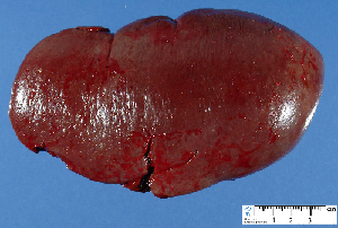
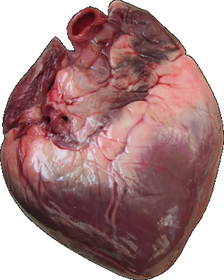
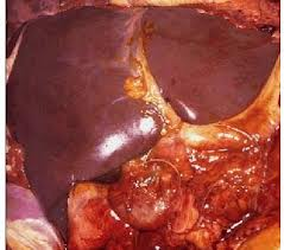
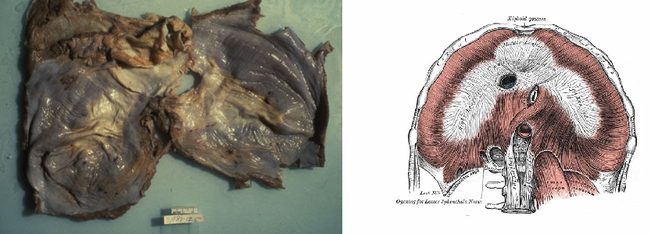
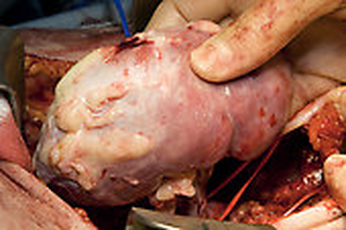
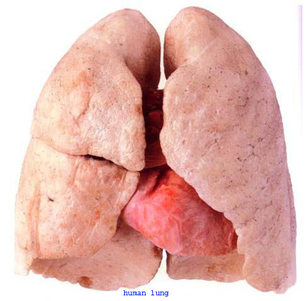
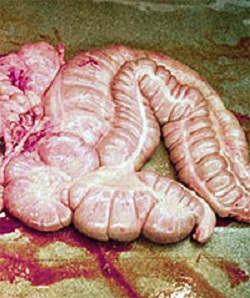

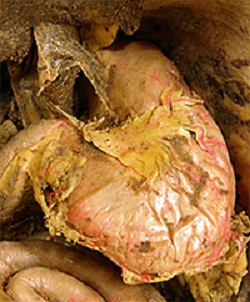
 RSS Feed
RSS Feed
